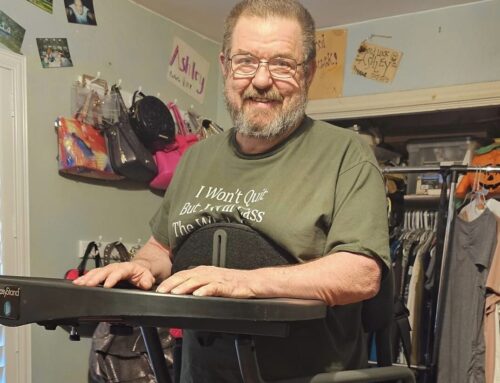For those of you who don’t know me, I’m in my late 30s, about six feet tall and male. On occasion, I’ve been known to wander down Lake Circle Drive.
Normally, this wouldn’t amount to much. But in today’s environment, I fit the hazy profile of the “Lake Circle Drive Child Molester.”
Just for the record, I’m not the guy we’re talking about. But based on the meager description being passed around our neighborhood, you would have no way of knowing that.
That’s the big problem with sex offender notification programs: A little bit of knowledge – perhaps I should say too little knowledge – is going to do a little bit of good and cause a lot more needless worry and heartache.
Ashley’s Law, a 1995 state statute named after a little girl abducted from a Plano soccer field, requires convicted sex offenders to register with the local police department when they move into town.
So far, so good.
The local police department is required to notify the area school superintendent about the sex offender’s whereabouts.
Again, so far, so good.
The police department provides the local school superintendent with a 32-item list of personal characteristics about the convicted sex offender, including name, nickname, specific street address, age, criminal history and all kinds of other detailed information.
Still, so far, so good.
Here’s the rub: What, if anything, should the local school superintendent do with this juicy information?
In Dallas, the superintendent passes the information to the appropriate neighborhood school principal, and the principal is left to do with the information as he or she sees fit.
The principal can tell other school officials. The principal can tell a few parents. The principal can tell no one. And the principal can tell as much, or as little, about the sex offender as he or she chooses.
Lakewood Elementary’s Principal Karen Rogers took the bull by the horns: She publicized the information – at least, she publicized a little bit of the information – in her school’s newsletter in hopes of protecting neighborhood children.
The newsletter informed parents to be careful because a male sex offender lived somewhere on Lake Circle Drive. The Lakewood Homeowners Association picked up the item and republished it in that group’s newsletter.
The news spread like wildfire, and who knows how many children have been forbidden to ever walk near Lake Circle Drive again.
Now, in one sense, I guess that’s a good thing, because a little awareness could make a big difference in someone’s life. But what’s going to happen if, or should I say when, a sex offender moves to Lakewood Boulevard. Or Mockingbird Lane? Or Ellsworth Avenue? Or (fill in your street name here)?
To be honest with you, I’m not sure how I feel about publicizing information about sex offenders. But I am sure of one thing: If we’re going to publicize a little precautionary information, we might as well find out everything and just get the sex offender out in the open.
Our sex offender notification policy has taken one convicted criminal and turned him into hundreds of suspects.
Somehow, that isn’t making me sleep any better at night.





